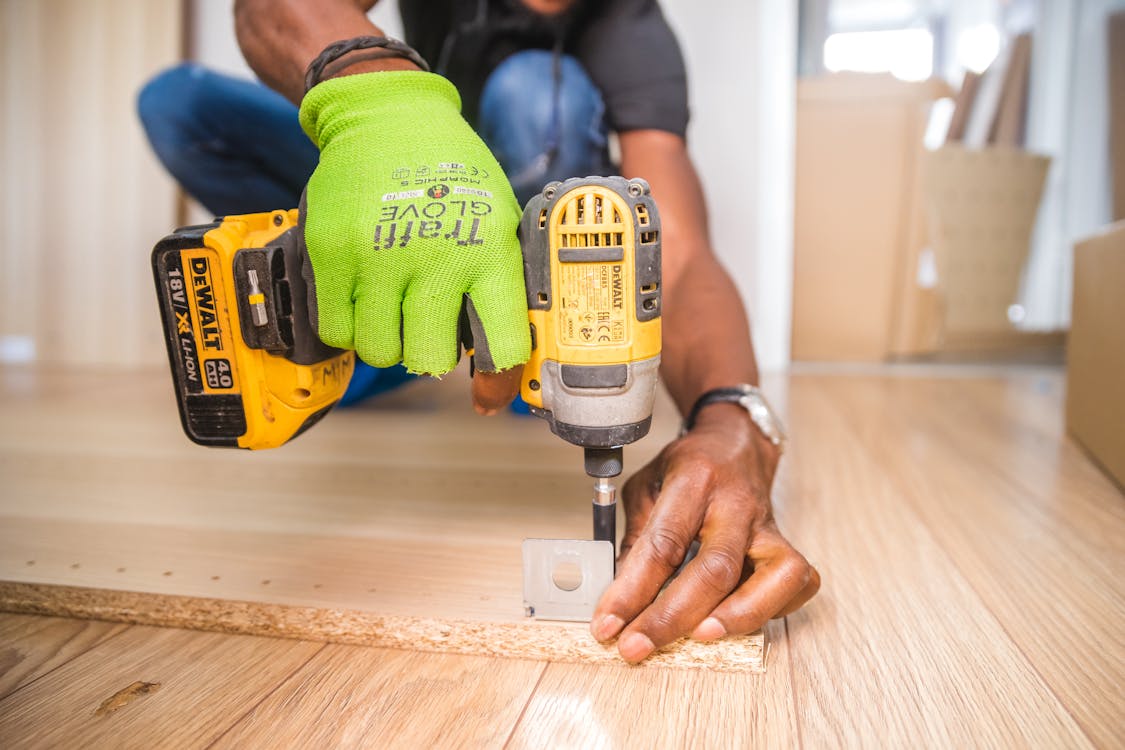Flooring with a Purpose: Sustainable Choices for Modern Homes
Flooring with a Purpose: Sustainable Choices for Modern Homes
Blog Article

When it concerns home improvement, floor covering is usually an ignored but essential element that defines a room's character and durability. Picking the right flooring not just boosts the aesthetic of your home yet also plays a crucial duty in sustainability and long-term longevity. Recently, house owners have actually begun changing away from outdated styles, embracing green, high-quality floor covering alternatives that boost both capability and beauty. If you're considering a flooring upgrade, exploring sustainable choices can be a game-changer for your home and the environment.
Why Sustainable Flooring Matters
Sustainability in flooring surpasses simply being fashionable-- it's concerning making accountable options that decrease environmental impact. Many outdated floor covering designs depend on materials that diminish natural deposits, consist of dangerous chemicals, or add to excessive waste. Opting for sustainable floor covering makes sure that your home stays stylish while decreasing your carbon impact. More homeowners today are seeking long lasting, ethically sourced products that line up with their eco-conscious way of living without compromising design allure.
From modernized wood decking remedies to crafted options, sustainable flooring gives alternatives that are both eye-catching and functional. Advancements in the flooring industry have actually made it much easier than ever to choose materials that sustain a greener world while maintaining the cozy, inviting feel of typical floors.
Replacing Outdated Flooring with Eco-Friendly Alternatives
Typical flooring materials like rug, vinyl, and non-recyclable floor tiles have been basic in several homes for decades. However, these products frequently have chemicals, wear quickly, and add to landfill waste. Lasting floor covering options, on the other hand, provide resilient worth and enhanced air top quality for indoor areas.
Wood and Engineered Wood: Classic Yet Sustainable
Natural timber floor covering stays a classic choice for house owners that appreciate warmth and longevity. While solid hardwood is a lasting choice when sourced properly, crafted wood is acquiring appeal as a result of its efficient use of natural deposits. With its split construction, engineered wood minimizes waste while keeping the elegance of standard wood.
Sourcing timber from sensibly taken care of woodlands ensures that your flooring investment doesn't add to logging. In addition, some crafted floor covering items are made from recycled timber fibers, better boosting their eco-friendly appeal.
Bamboo and Cork: The New Era of Sustainable Flooring
Bamboo and cork flooring have emerged as 2 of one of the most lasting choices offered today. Bamboo, an extremely renewable resource, grows rapidly and provides sturdiness similar to hardwood. It's a stylish choice that gives strength against moisture and wear, making it an excellent choice for high-traffic locations.
Cork, on the other hand, is gathered from the bark of cork oak trees without harming the tree itself. This natural product is soft underfoot, making it an exceptional choice for homes that focus on convenience. It also has all-natural protecting residential properties, assisting to regulate interior temperatures while reducing sound.
Reclaimed and Recycled Materials: A Second Life for Flooring
Among the most lasting methods to refresh your flooring is by using recovered materials. Recovered wood, repurposed floor tiles, and recycled metal or glass floor covering provide a distinctive aesthetic that brings personality and history right into your home. Choosing these products sustains environment-friendly initiatives by minimizing the demand for new resources and minimizing waste.
Enhancing Sustainability with Outdoor Flooring Options
The concentrate on sustainability doesn't stop at interior flooring. Numerous home owners are currently including eco-conscious elements into their outside rooms as well. Wood decking has constantly been a preferred choice, but contemporary products provide much more lasting options without compromising on high quality.
Utilizing sensibly sourced or composite outdoor decking products ensures that your outdoor space stays elegant while decreasing environmental impact. Incorporating a well-planned deck designer method permits you to create an outside sanctuary that harmonizes with nature while standing the test of time. Selecting lasting outdoor decking options implies less fixings, less upkeep, and a longer-lasting financial investment in your house's exterior.
The Role of Smart Home Improvement in Sustainability
Making the switch to sustainable floor covering is simply one part of a larger image. Homeowners who purchase energy-efficient remedies often search for methods get more info to enhance their homes past just floor covering. Using environment-friendly paints, energy-efficient lights, and clever electrical supply stores options can further improve sustainability efforts.
As an example, coupling your new flooring with LED lighting and energy-efficient heating options can optimize your home's general power financial savings. Several homeowners are also turning to smart home innovations to keep an eye on energy usage and make sure that their home are as green as feasible.
Keep Inspired with Sustainable Home Upgrades
As fads in home style continue to develop, making sustainable choices remains a priority for those aiming to develop classic, accountable living spaces. Whether you're changing obsolete floor covering with bamboo, engineered timber, or redeemed products, there's no lack of options that straighten with both design and sustainability.
If you're prepared to elevate your home with eco-friendly floor covering, stay tuned for more updates on the most up to date fads, ideas, and inspiration. Follow our blog site for professional insights on home renovation, sustainable products, and ingenious design remedies that can transform your living space right.
Report this page